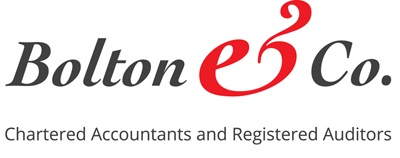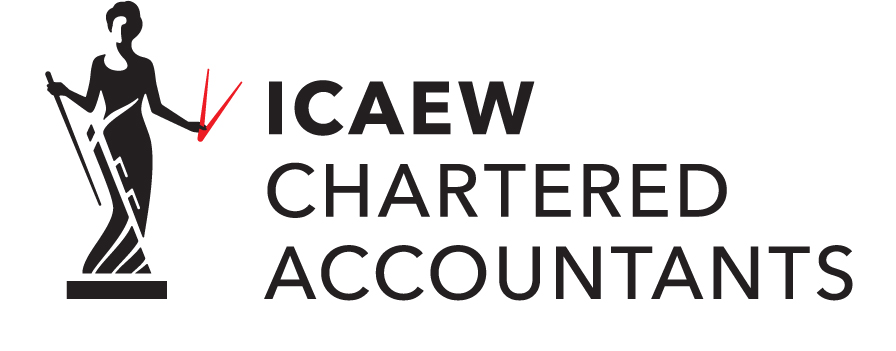Making Tax Digital for Income Tax
Making Tax Digital for Income Tax (MTD for IT) forms part of the government’s plan to digitalise the UK tax system. MTD for IT will come into effect in April 2026, and it will change the way landlords and self-employed people submit their income tax returns.
Landlords and self-employed people with income, before any expenses, above £50,000 (in the tax year 2024/25) will need to send HMRC quarterly updates and a Final Declaration using MTD-compatible software. From 2026 Those earning above £30,000 will need to comply with the new MTD for IT rules from 2027. This replaces the current annual Self-Assessment for those affected.
| If turnover in Tax Year: | Is over: | MTD Start date | First Filing Date |
| 6/4/24-5/4/25 | £50,000 | 6/4/26 | 7/8/26 |
| 6/4/25-5/4/26 | £30,000 | 6/4/27 | 7/8/27 |
| 6/4/26-5/4/27 | £20,000 | 6/4/28 | 7/8/28 |
By April 2026 you need to do the following:
- Choose MTD-Compatible Software: Select software like QuickBooks, Sage or Xero to manage your records and submissions. There may be other providers that offer this service but you will need to do your own due diligence when signing up to a software provider. We are happy to assist if required and may be able to secure a discount.
- Alternatively, if you are keeping your accounts in a excel/spreadsheet format we can use our IRIS bridging software to file these returns on your behalf.
- Keep Digital Records: Begin storing all income and expense records electronically in your chosen software/cashbook.
You will no longer be able to use the online HMRC portal, or the paper (mail) filing system if you're a landlord or self-employed person earning above £50,000 to file self-assessment returns. There is a requirement to have the software authorised by HMRC
In the space of one tax year, you’ll need to send:
-
- Four quarterly updates, using your MTD-compatible software
- One Final Declaration, by January 31st
Your quarterly updates should include details of your income and expenditure for each quarterly period. These updates will be cumulative, so you can correct errors or make amendments to previous submissions in your next update.
Self-employment income — including sales, takings and fees
Self-employment expenses — including the cost of stock, travel costs, office costs and financial costs
Property income — including rent, premiums for the grant of a lease, reverse premiums and inducements
Property expenses — including rent, costs of repairs, maintenance or other services
After each 3-month period has ended, you need to send your update within one month. If you do not send it by this deadline, you may need to pay a late submission penalty.
The standard update periods are based on the tax year and the deadlines are given in the following table:
| Update period | Update deadline |
| 6 April to 5 July | 7 August |
| 6 July to 5 October | 7 November |
| 6 October to 5 January | 7 February |
| 6 January to 5 April | 7 May |
Final Declaration
You’ll need to disclose any additional sources of income, such as savings and investment, in your Final Declaration. You can also submit claims for reliefs. This will be very similar to the existing Tax Return. We can assist this also as it will need to link to the four previous submissions.
If you wish to discuss this further, please do not hesitate to contact us. We are able to handle the entire process from start to finish or simply assist where required.
HMRC do have a tool to check if you are eligible for making tax digital for income tax:
https://www.gov.uk/guidance/check-if-youre-eligible-for-making-tax-digital-for-income-tax

